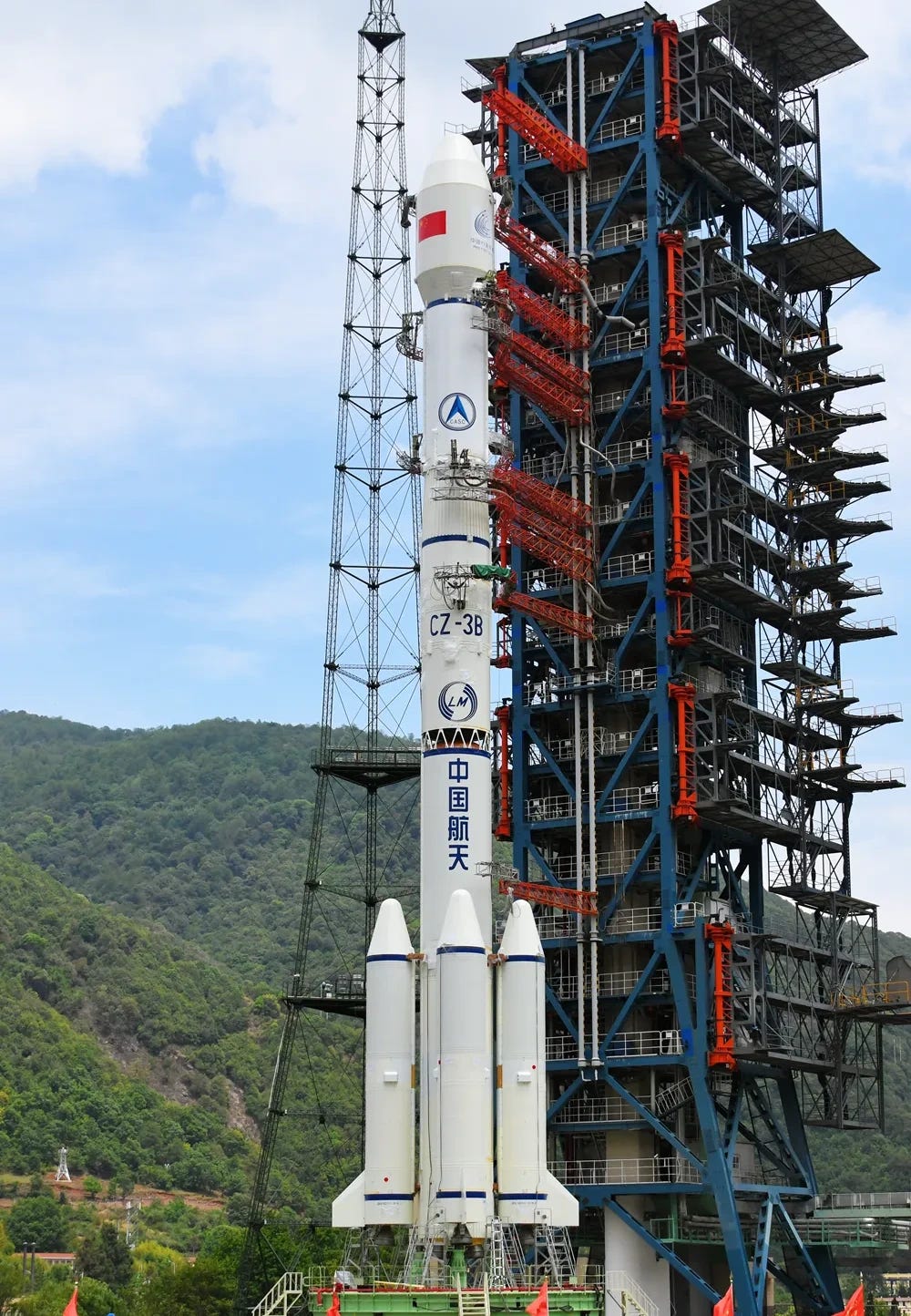China's Tianwen-2 Asteroid Sample Return Mission Blasts Off! [Long March 3B/E Y110]
The first asteroid sample return mission from China has begun!
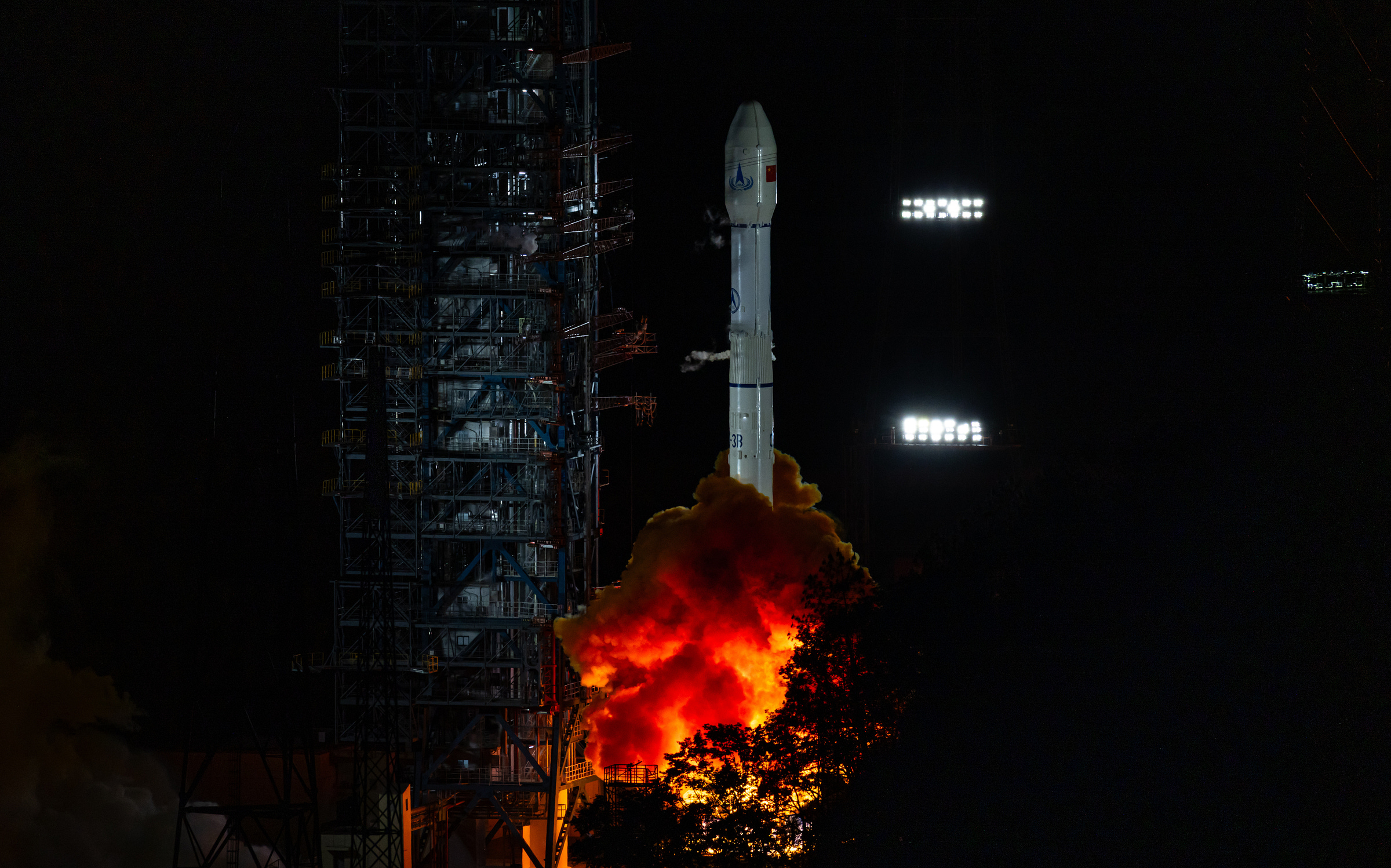
Roaring from Launch Complex 2 at the Xichang Satellite Launch Center on May 29th at 01:31 am China Standard Time (May 28th at 17:31 pm Universal Coordinated Time) was a Long March 3B/E flying away from the Earth-Moon system (at a speed of 11.2 kilometers per second) into deep space. Atop of the rocket for the launch was the Tianwen-2 asteroid sample return mission!
Tianwen-2 is beginning its long journey out to asteroid 2016HO3/469219 Kamoʻoalewa, with arrival set for sometime in 2027. After arriving, the probe will fly alongside the asteroid and search for a suitable sampling site before collecting between 200 and 1,000 grams of samples via touch-and-go as well as anchor-and-attach methods. The anchor-and-attach method will utilize four small robotic arms to secure the spacecraft, while a touch-and-go approach will be more akin to NASA’s OSIRIS-REx mission.
Once samples are collected and secured in the spacecraft’s sample container, Tianwen-2 will head back toward Earth and drop off the samples around 2029 during a flyby.
After the sample canister is released for retrieval by teams back on Earth, Tianwen-2 will begin its extended mission to asteroid 311P/PanSTARRS out in the asteroid belt between Mars and Jupiter. Throughout the early 2030s, Tianwen-2 is planned to thoroughly study 311P whilst doubling as a test of China’s deep space communications infrastructure ahead of the Tianwen-4 mission to Jupiter.
When the mission returns samples, China will be the third nation to collect samples from an asteroid, after the United States and Japan. With more samples on Earth, greater scientific breakthroughs related to the birth and creation of the solar system can be made.
To gather a bounty of science during the mission, other than collecting samples, Tianwen-2 is equipped with a visible and infrared imaging spectrometer, thermal emission spectrometer, multispectral and medium field-of-view cameras, subsurface radar, magnetometer, charged and neutral particle analyzer, ejecta analyzer, narrow field-of-view navigation sensor, and an integrated laser navigation sensor. Together, these instruments support high-resolution imaging, surface and subsurface composition analysis, thermal and magnetic measurements, asteroid environment monitoring, and in-situ investigation.
The Tianwen-2 mission was formally approved by the China National Space Administration in 2023, with plans beginning around 2017.
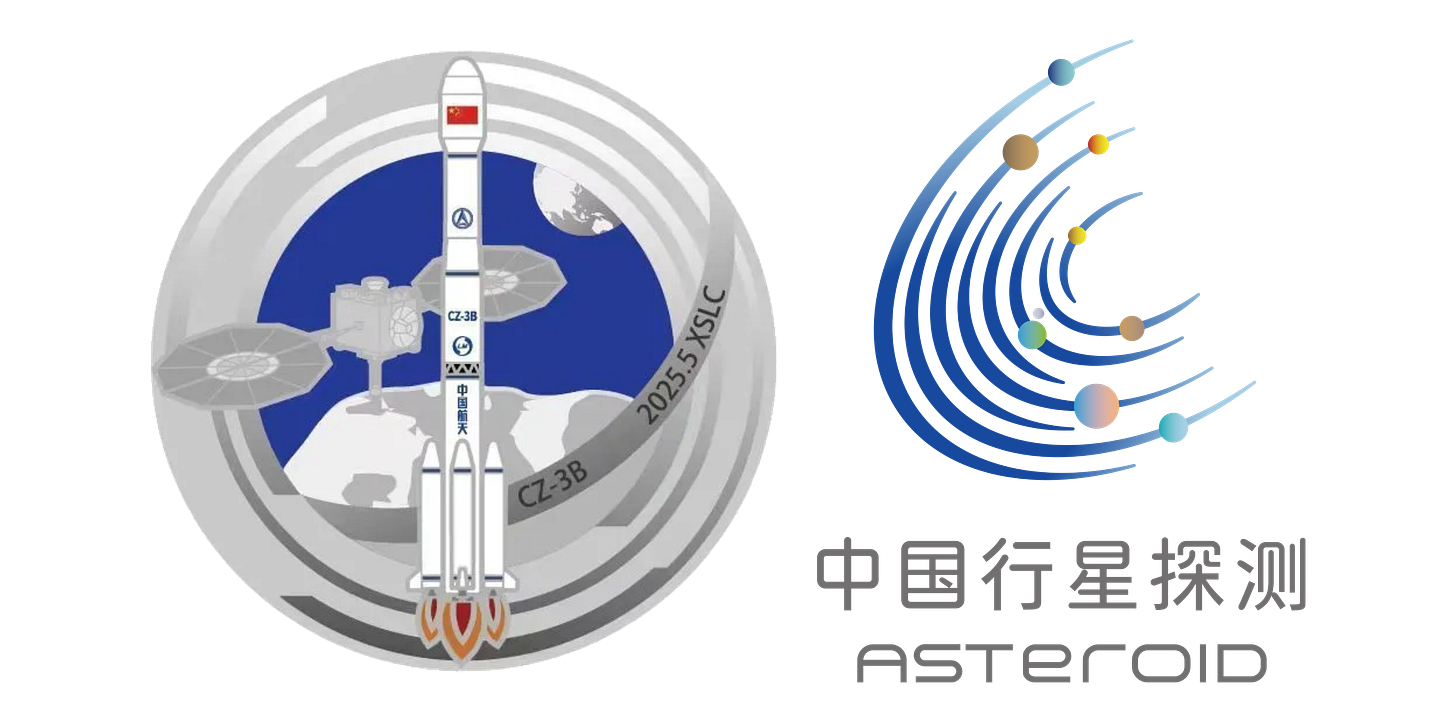
Following the successful launch and separation of the Tianwen-2 spacecraft, the China Academy of Launch Vehicle Technology stated that the Long March 3B/E accurately flew along the desired trajectory in the first four-minute launch window planned for the mission, two backup dates were available if necessary. The success and accurate deployment of the spacecraft was said to be thanks to the continuous improvement of the rocket over its one hundred flights and the support to various launch teams.
In the days leading up to the launch, it was shared on China Central Television that Zhang Runhong (张润红) would be the commander of the launch mission, being the person in charge of launch operations from the start of launch vehicle integration to satellite deployment. In a historic first, Zhang Runhong is the first woman in charge of a launch mission for China’s major robotic exploration missions, Chang’e and Tianwen. Before the launch of Tianwen-2, Zhang has commanded several launch missions, becoming the first woman to do so in 2018, after working at the Xichang Satellite Launch Center since 2006 following graduation from Northwestern Polytechnical University (西北工业大学).
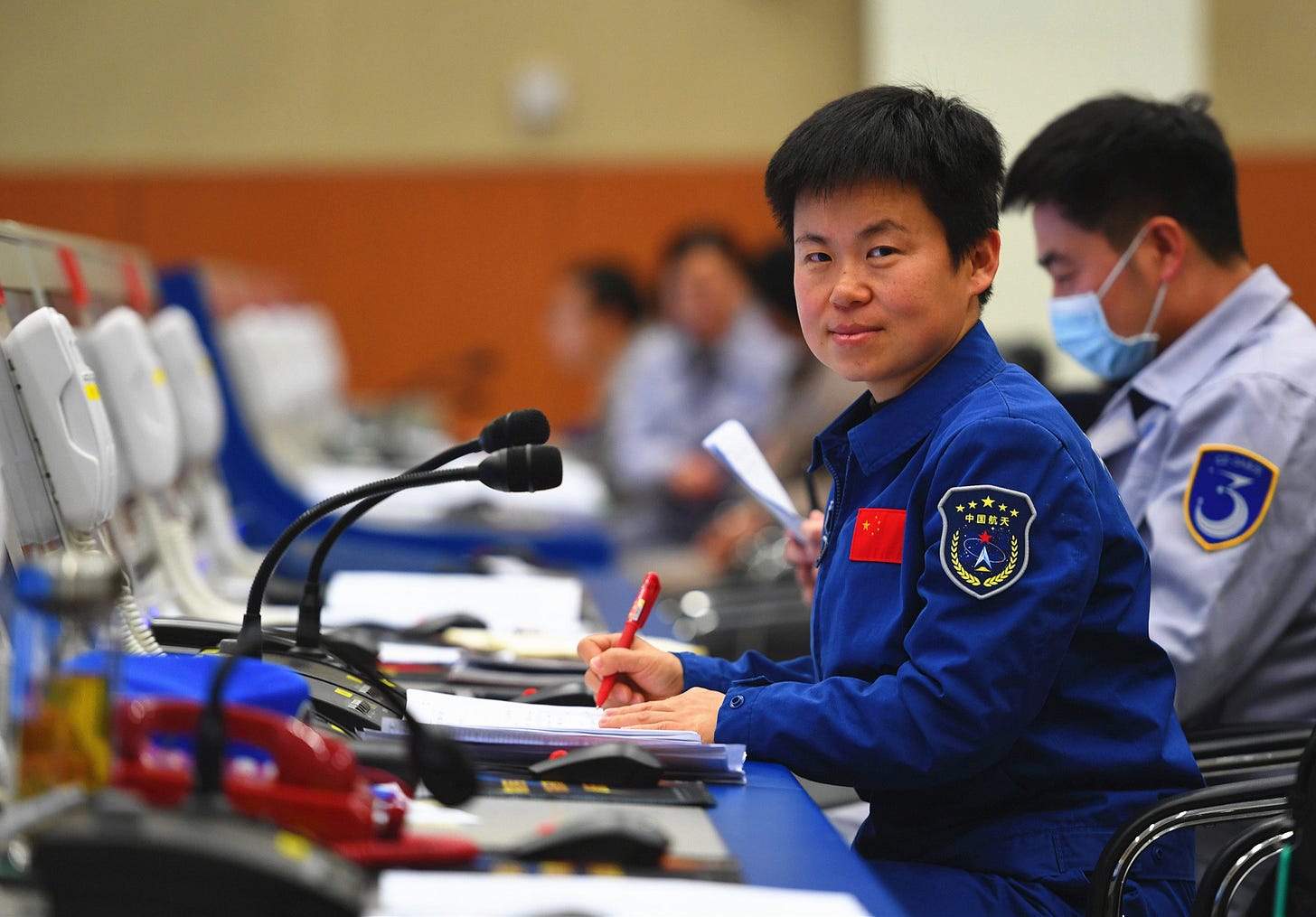
Eight Long March 3B/E’s have flown this year with today’s mission, all successfully. Toward the end of last year, the China Academy of Launch Vehicle Technology boasted that they were aiming to launch the Long March 3B/E over a dozen times this year as part of a period of high-frequency launches. With the current launch rate, around twenty launch missions with the rocket could occur before the end of 2025, becoming by far the vehicle’s busiest year.
Today’s mission was the 109th launch of a Long March 3B vehicle, and the 578th launch of the Long March launch vehicle series. This was also the 32nd launch from China in 2025.
Liftoff video via 中国航天科技集团, 中国的航天, SpaceLens云上天镜, 黑白猫名字被占用, and China航天 on Weibo. Launch live stream via ThatSpaceDogeGuy on YouTube.
Check out the previous Long March 3B/E launch
Tiangong Bandwidth Set to Grow [Long March 3B/E]
Blasting off from Launch Complex 2 at the Xichang Satellite Launch Center on April 27th at 23:54 pm China Standard Time (15:54 pm Universal Coordinated Time), a Long March 3B/E headed toward a geostationary transfer orbit, carrying a single satellite.
What is the Long March 3B/E?
This section is for those less familiar with China's Long March series of launch vehicles.
The Long March 3B is an older-generation geostationary orbit workhorse of the China Academy of Launch Vehicle Technology. The first two stages and four boosters of the rocket burn Dinitrogen Tetroxide and Unsymmetrical Dimethylhydrazine, with liquid hydrogen and liquid oxygen in the third-stage.
Over the rocket's almost twenty-eight-year launch history, two versions of the vehicle have flown, the 3B and 3B/E. Since 2012, only the 3B/E variant has flown due to its increased payload capacity. The payload capacity of the launch vehicle is currently as follows:
11,500 kilograms to low Earth orbit
7,100 kilograms to a sun-synchronous orbit
5,500 kilograms into a geostationary transfer orbit
2,000 kilograms into geostationary orbit
The first-stage is powered by four YF-21C engines that burn Dinitrogen Tetroxide and Unsymmetrical Dimethylhydrazine to generate 302 tons of thrust, while the boosters are powered by one YF-25 engine burning the same fuel to generate 72 tons of thrust each. Combined the four boosters and first stage generate a thrust of 590 tons. The second stage is powered by one YF-22E and four YF-23F vernier engines that also burn Dinitrogen Tetroxide and Unsymmetrical Dimethylhydrazine to generate 81 tons of thrust. The third-stage is powered by two YF-75 engines that burn liquid hydrogen and liquid oxygen to generate 17 tons of thrust.
On the launch pad, the Long March 3B/E is 56.3 meters tall and weighs 458,970 kilograms when fully fuelled. The first and second-stage have a diameter of 3.35 meters, while the third-stage has a diameter of 3 meters, along with the four boosters diameter of 2.25 meters, and the fairing has a diameter of 4.2 meters.
So far, every Long March 3B launch has occurred from the Xichang Satellite Launch Center, in the south of Sichuan province.
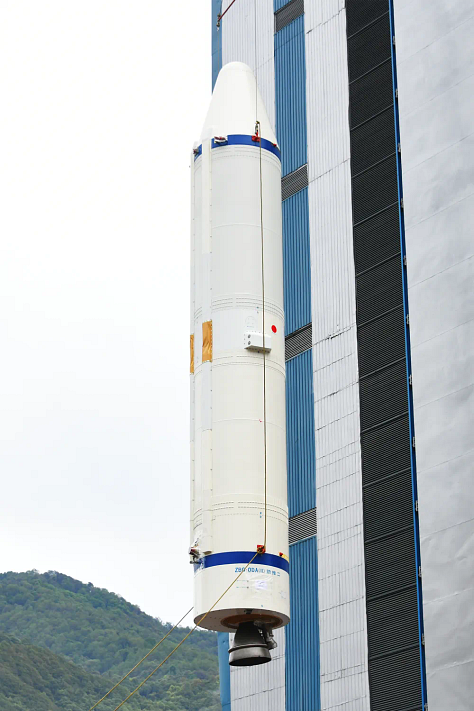
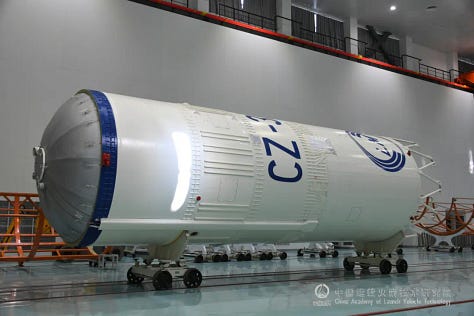
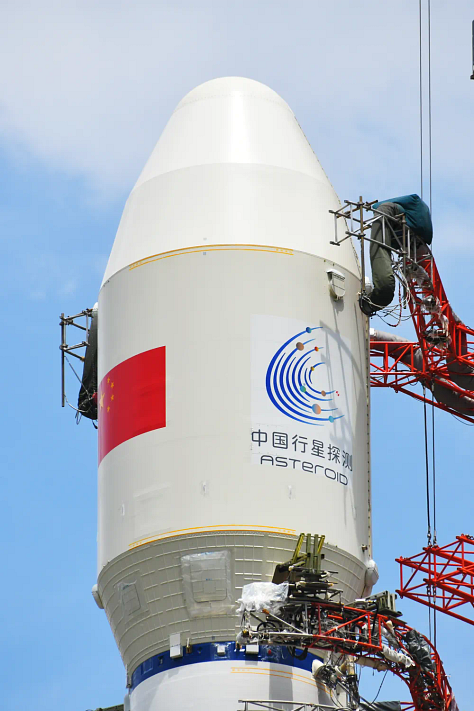



![Tiangong Bandwidth Set to Grow [Long March 3B/E]](https://substackcdn.com/image/fetch/$s_!-vVU!,w_1300,h_650,c_fill,f_auto,q_auto:good,fl_progressive:steep,g_auto/https%3A%2F%2Fsubstack-post-media.s3.amazonaws.com%2Fpublic%2Fimages%2F3d021281-2ae6-402f-a426-5a85384cbefe_5857x3524.jpeg)
